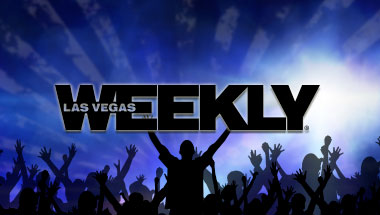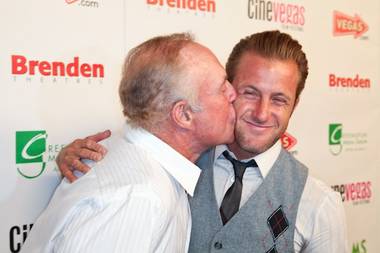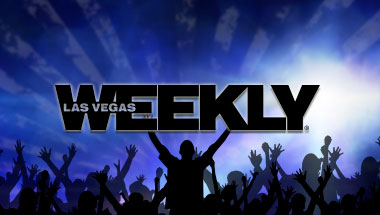“It’s supposed to be funny,” I am informed by the woman sitting to the left of me, whose friend apparently had seen the film the previous night and had given her the tip.
“It’s really funny,” echoes the man sitting on my right, “I saw it last night.” Normally I would consider a repeat viewing to be a ringing endorsement, except it turns out that the guy is the brother of Ryan Avery, the subject of Hi My Name is Ryan, the film I am about to watch.
Having now seen it, I, too, can attest to the picture’s sense of humor, but I question whether comedy is its most valuable asset. The movie has a generally humorous tone, matching the artistic expressions of its eccentric singer-subject. However, I found the serious segments to be the most compelling and perceptive. These all-too-brief encounters give us the most illumination into Ryan’s personality, as well as offer up intriguing questions about the nature of art. Yet the unsolicited and aforementioned comments above tell me something about the desires and expectations of some audiences.
Less than an hour after the Q&A session following Ryan, I found myself back in the exact same theater (No. 6) to view another documentary, The Black List: Volume One. That I saw these two films back-to-back is purely a scheduling coincidence, although the tortoise in Kung Fu Panda would correct me by saying there is no such thing as coincidence. Either way, the filmmaking approaches in two seemingly incongruent pieces of non-fiction was striking.
Both films are essentially personality profiles, although Ryan keeps largely to a singular, Caucasian identity, while The Black List portrays 22 prominent African-American individuals (at least, that’s what the press info states; I was too engrossed to keep count). The subjects in each film deal with prejudice, albeit of different kinds and degrees. The central character in Ryan is essentially an entertainer, as are many of the people in The Black List, while both pictures delve into the religious backgrounds of their subjects in the search for inspiration.
The tone of these two productions is quite dissimilar—Ryan’s madcap jokiness contrasts starkly with The Black List’s straightforward message of hope—yet I found myself laughing in equal measure at both. The Black List contains more observational humor, such as when Chris Rock states that he doesn’t believe true equality existed in Major League Baseball until sometime in the 1970s, when bad black players were allowed into the league. The latter film is full of these kinds of observations, which, while sharply amusing, are also weighted with significance.
A further disparity is that the performance pieces in Ryan lead to questions about the subject's artistic talent, while The Black List is filled with successful people from all walks of life. In some ways, it isn’t fair to compare the two, not just because Ryan is outnumbered, but also because the films have different goals they are trying to accomplish. Still, the feature-length portrait in Ryan probably could have been expressed in 20 or 30 minutes, while the 4-5 minute segments in The Black List are so full of ideas, they leave the audience wanting more. “Are there any outtakes?” one viewer asked after the screening.
The surest way I know of to gauge the impact of a festival screening is by both the quality and quantity of the questions asked by the audience afterward. Ryan had its fair share, but they were mostly unmemorable queries that were answered quickly, and the crowd moved on. The Black List not only provoked a more visibly emotional response, as well as more engaged and livelier questions for the filmmakers, but also eventually had to have its post-screening discussion cut off to allow seating for the next show.
To simply describe the structure of each film could make one sound like a rollicking good time, and the other like a dry, dull lecture. Yet while I saw both less than 24 hours ago, the “fun” movie has largely vacated my imagination, replaced by the “boring” one, which continues to grow and expand in my mind. I not only find this kind of stimulus more entertaining, I also can’t wait to see it again and tell people how funny it is.






Previous Discussion: